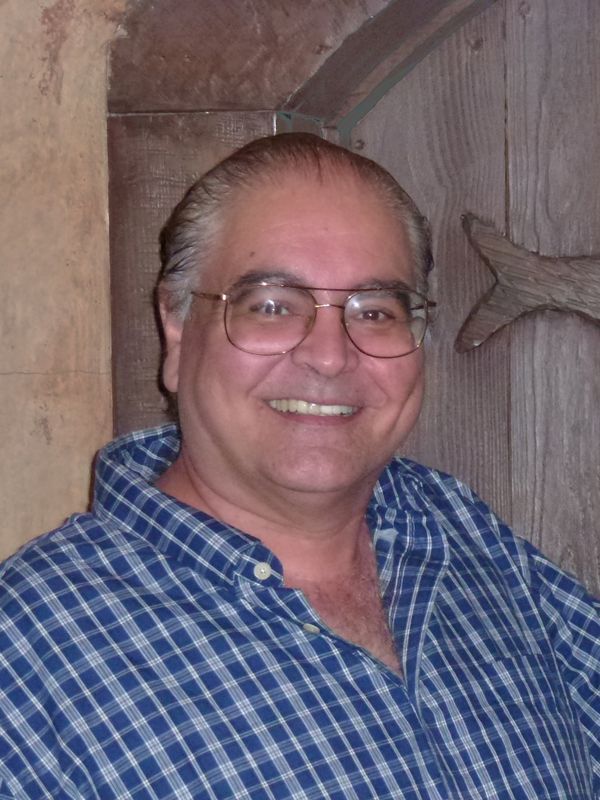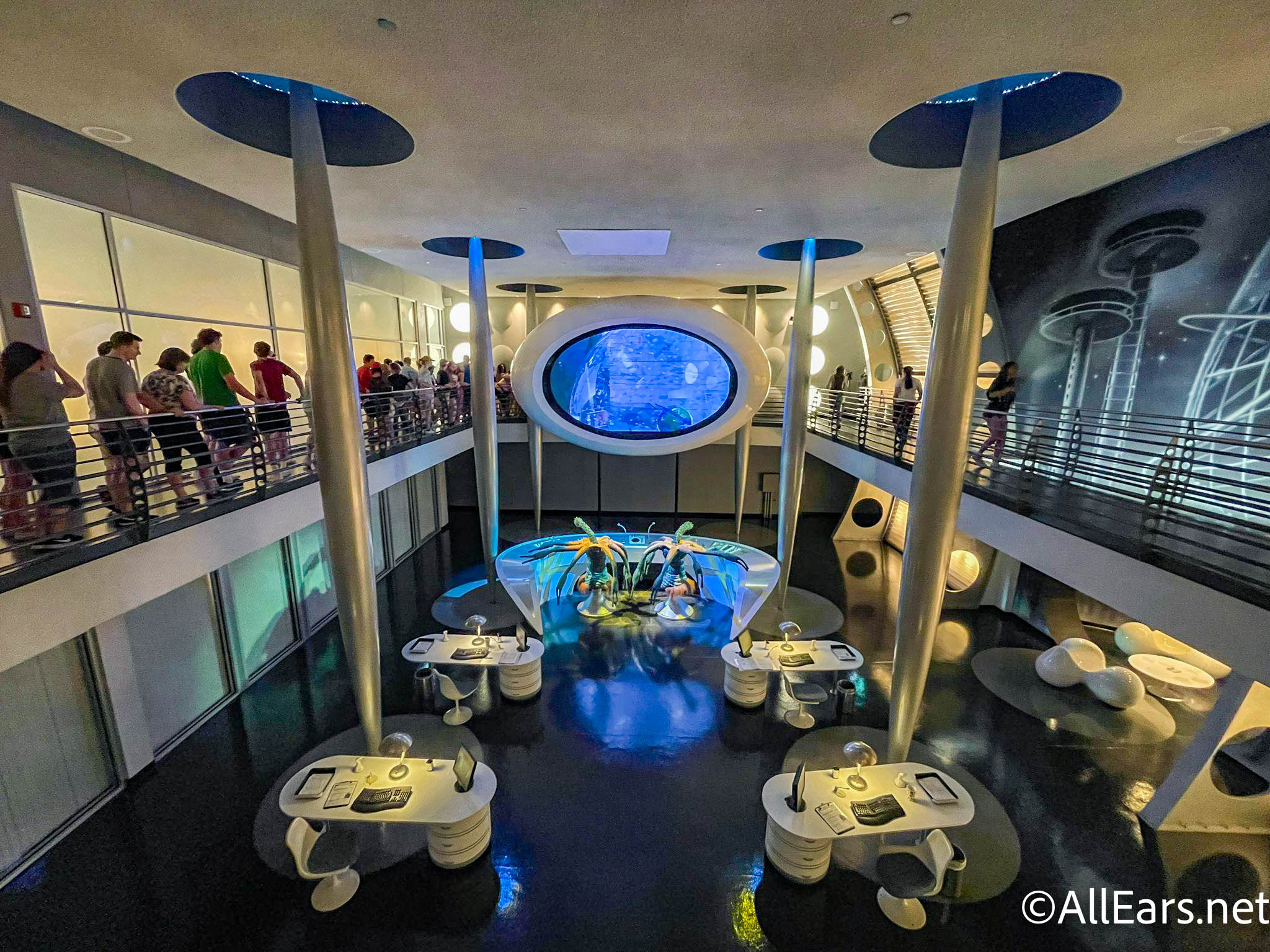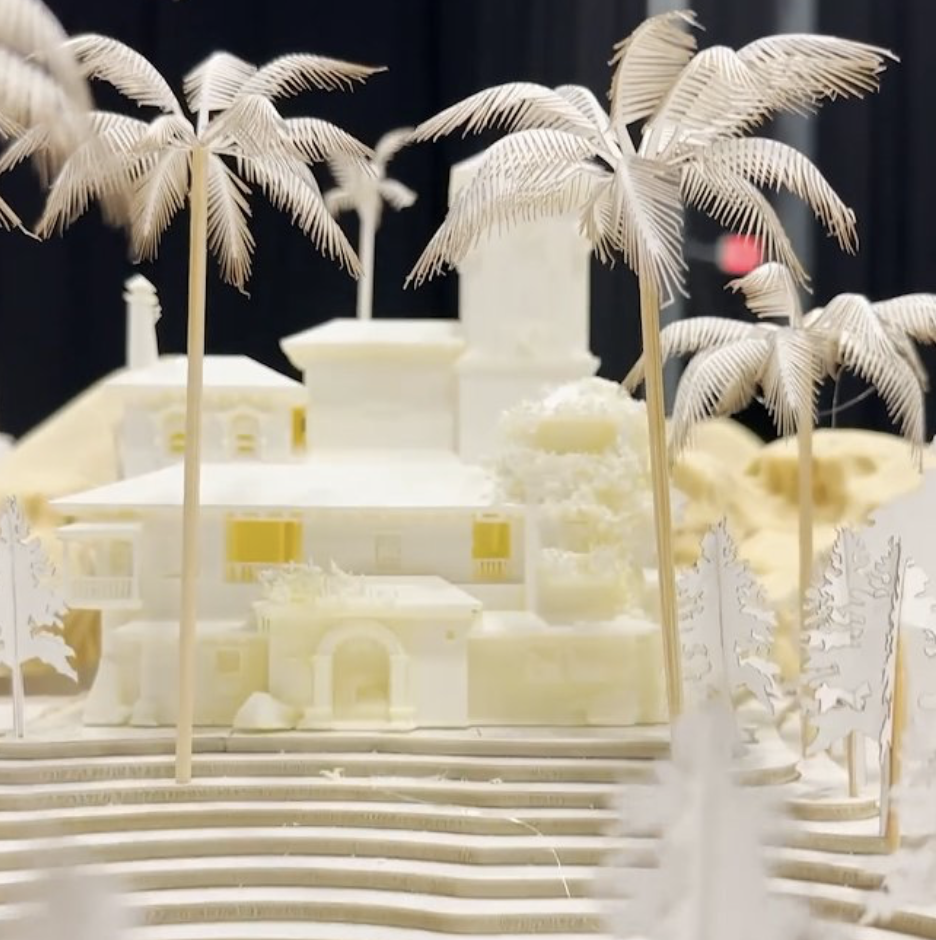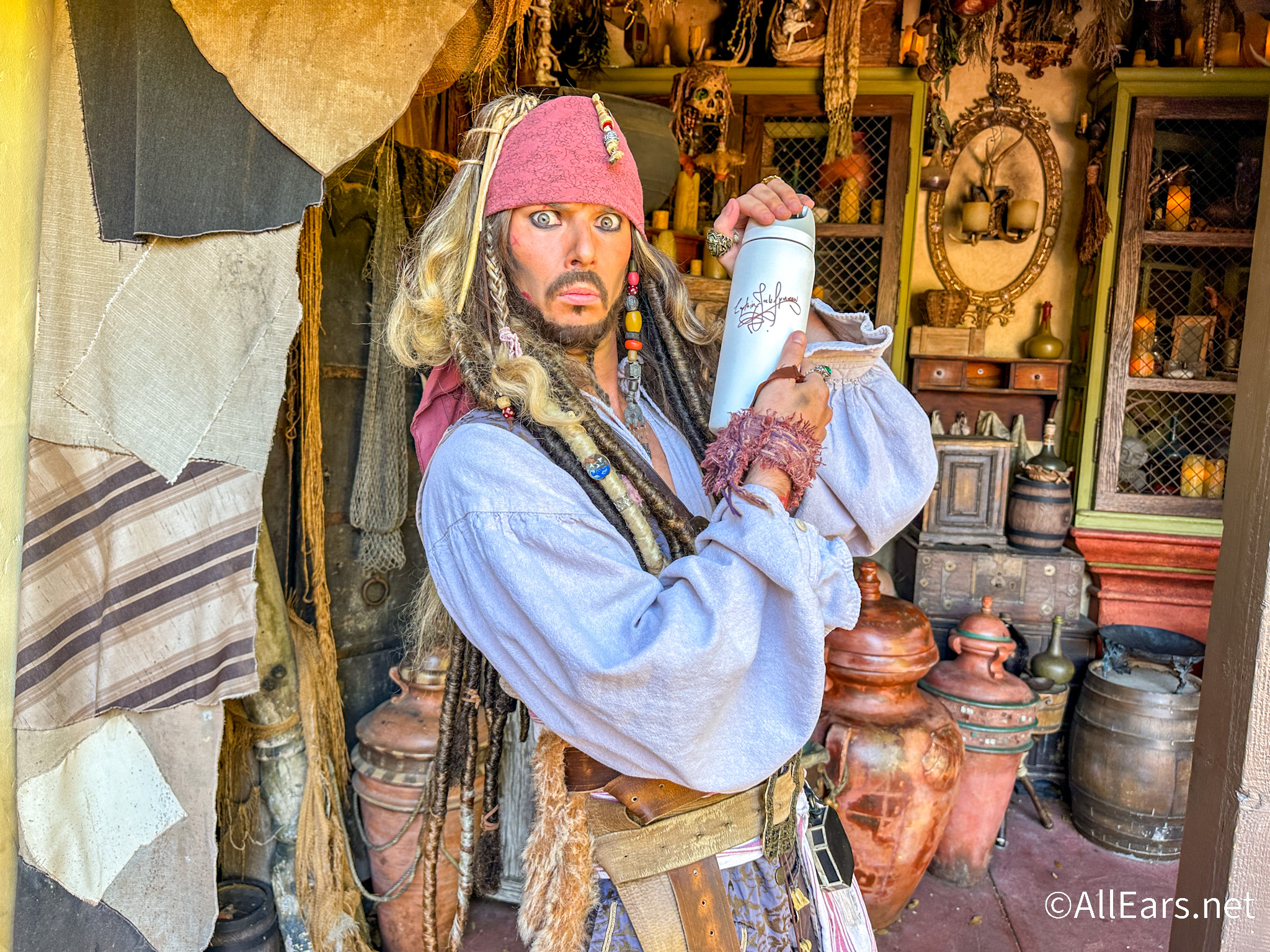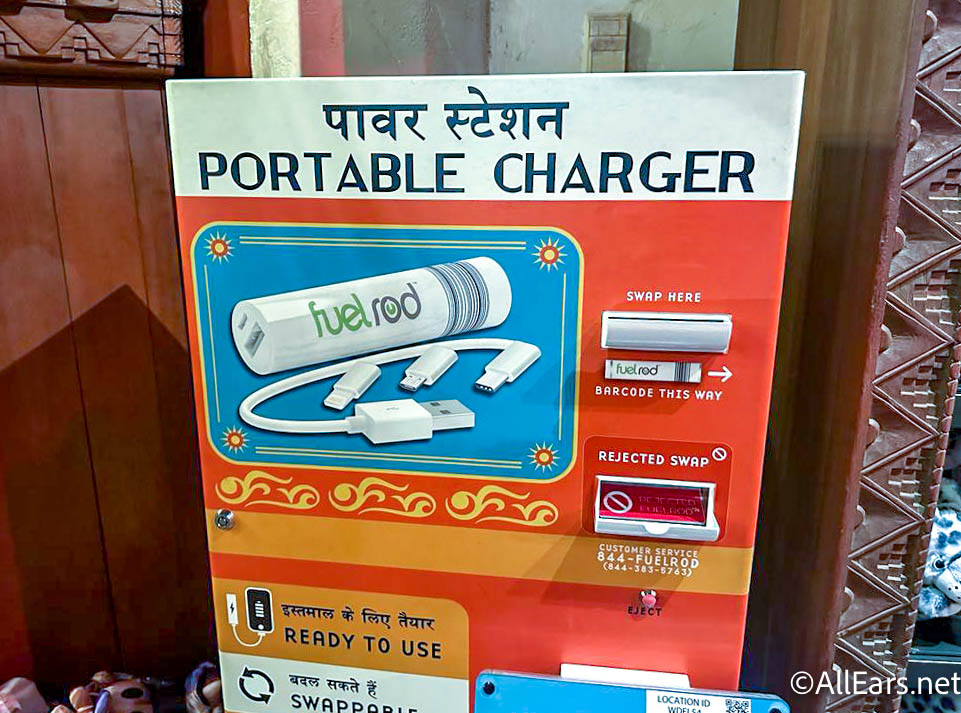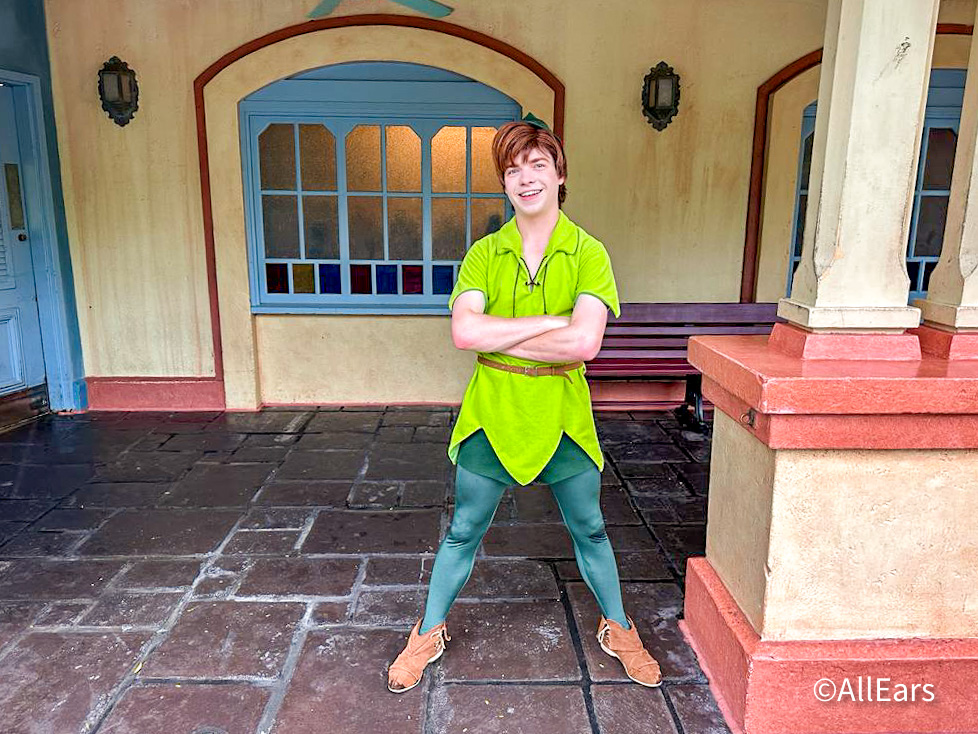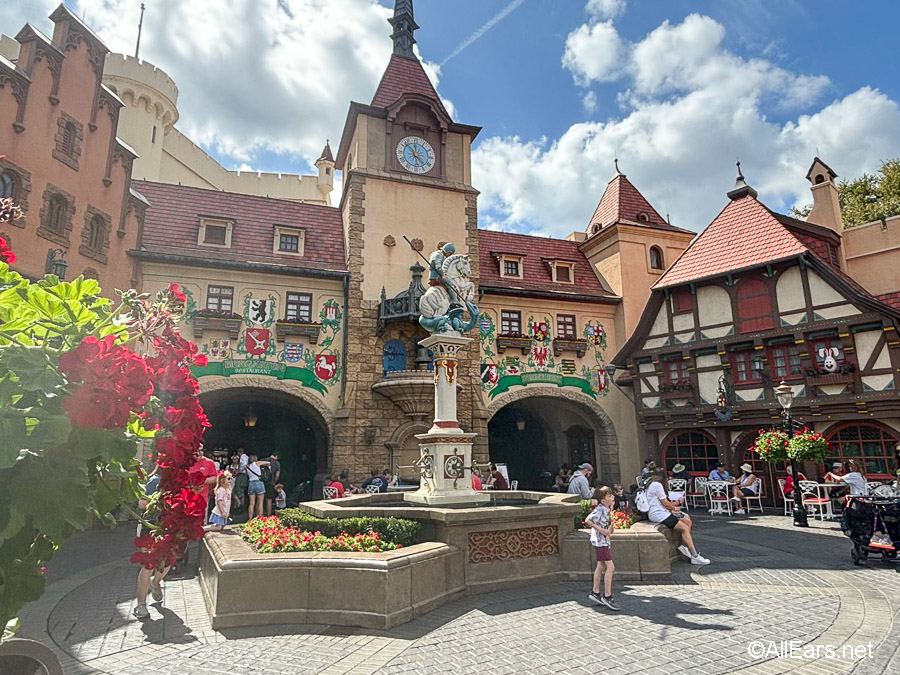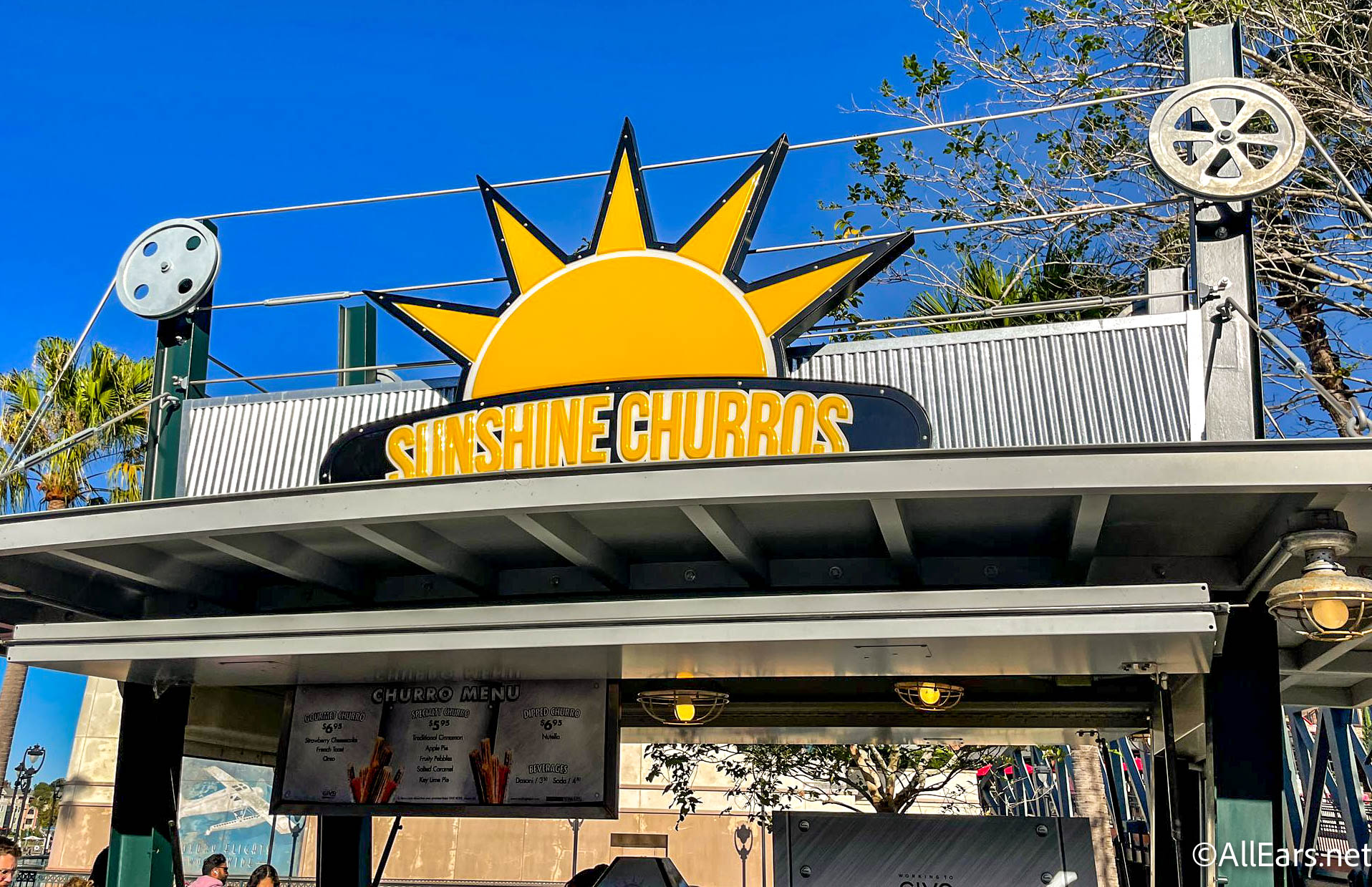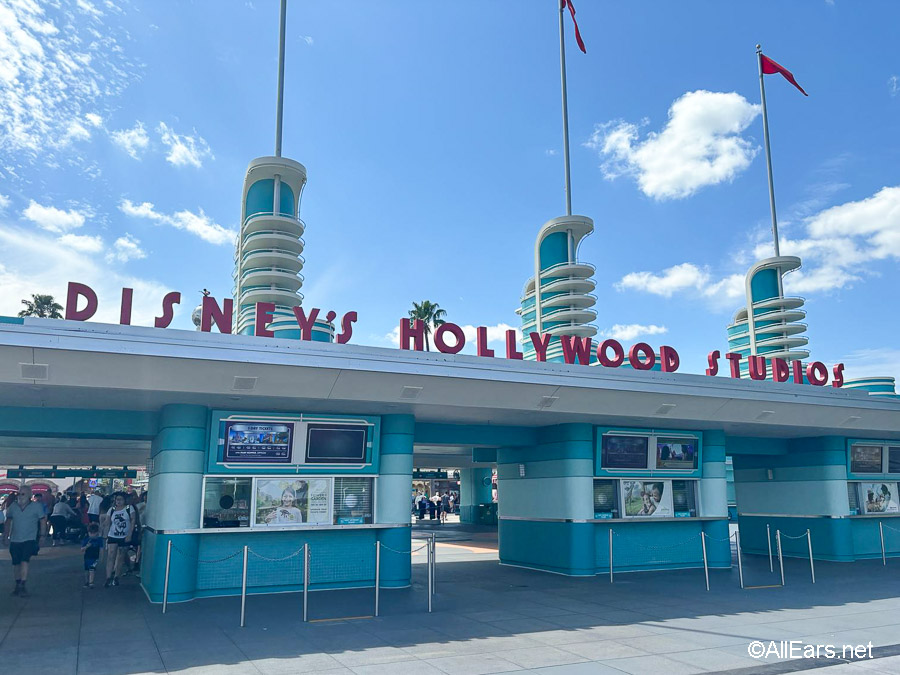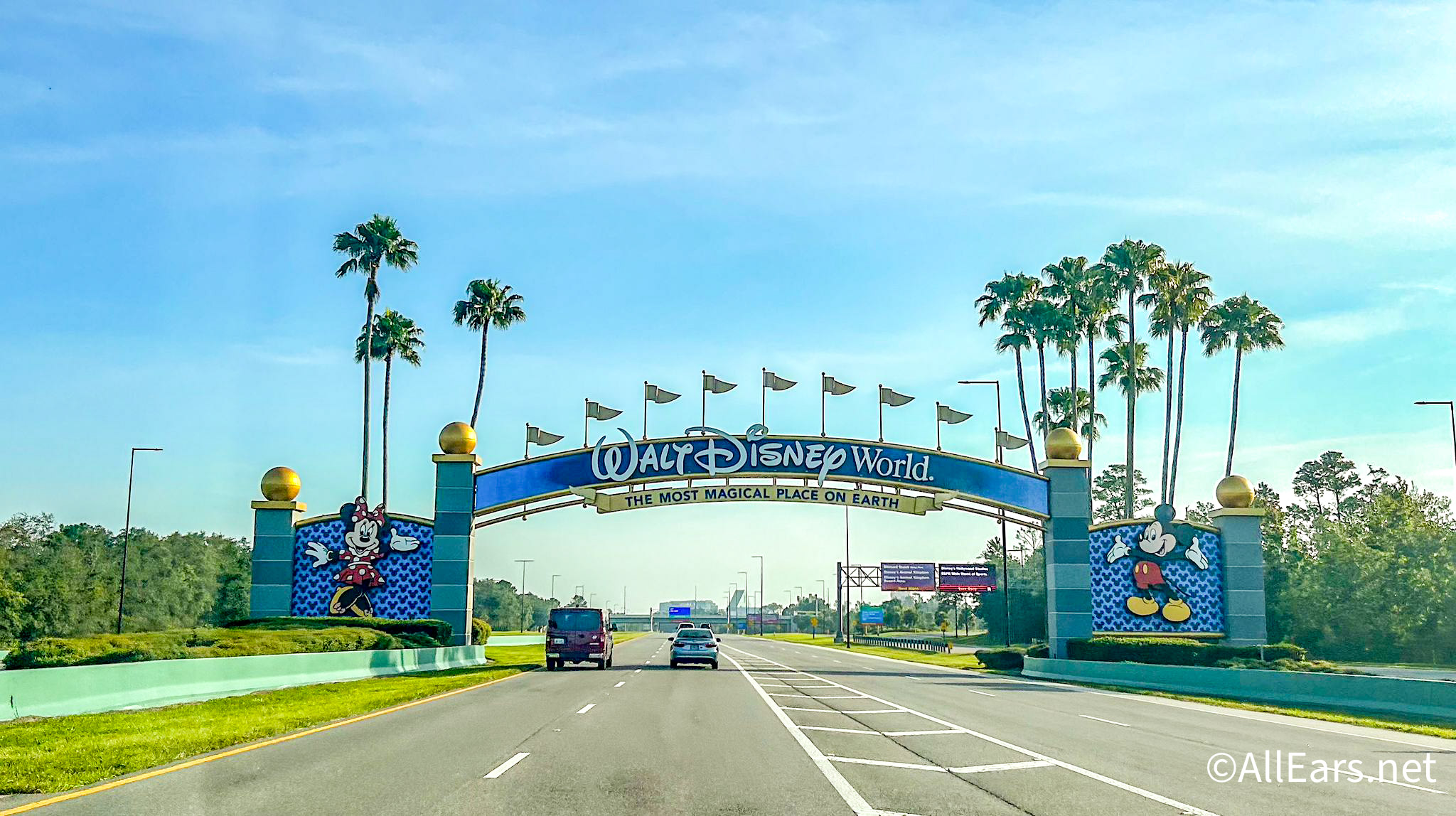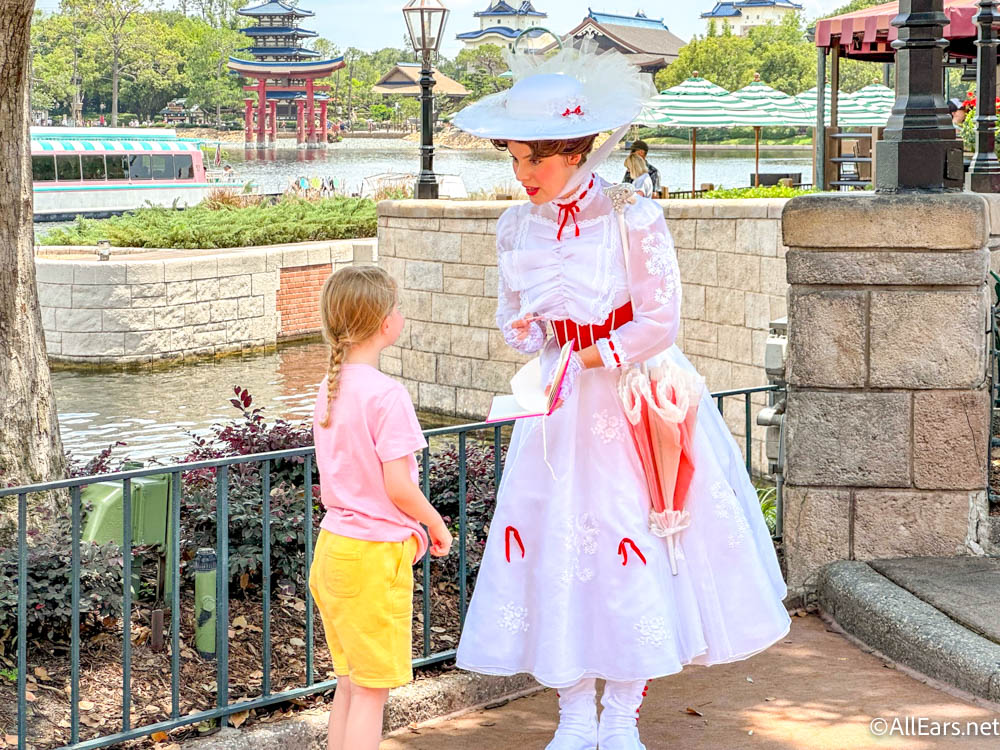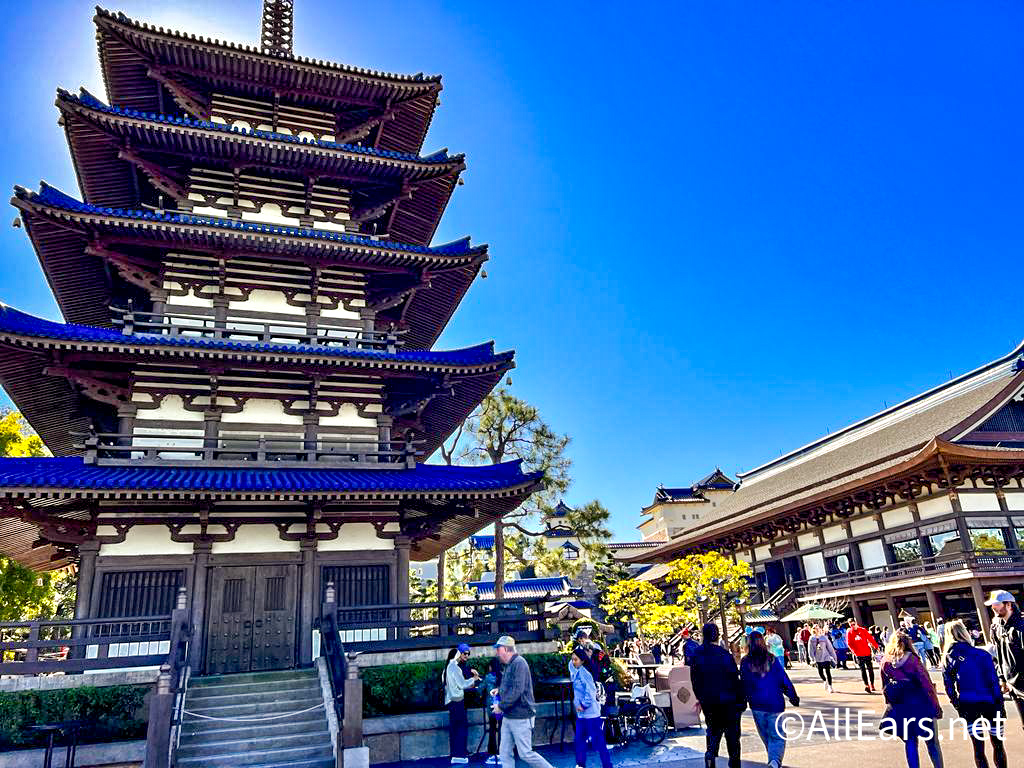WDW Chronicles: The Birth of “it’s a small world”
by Jim Korkis
Disney Historian
Feature Article
This article appeared in the June 17, 2014 Issue #769 of ALL EARS® (ISSN: 1533-0753)
Editor's Note: This story/information was accurate when it was published. Please be sure to confirm all current rates, information and other details before planning your trip.
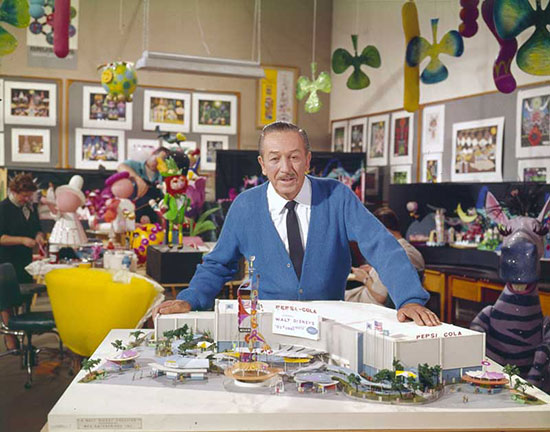 As you probably know by now, this year marks the 50th anniversary of "it's a small world," Carousel of Progress and Great Moments of Mr. Lincoln. These attractions premiered at the 1964 New York World's Fair and were then relocated to Disneyland after the fair ended.
As you probably know by now, this year marks the 50th anniversary of "it's a small world," Carousel of Progress and Great Moments of Mr. Lincoln. These attractions premiered at the 1964 New York World's Fair and were then relocated to Disneyland after the fair ended.
The pavilion for "it's a small world" was sponsored by Pepsi-Cola. In August 1963 at a press conference, Pepsi announced the attraction would be a tribute to UNICEF, a United Nations program that provides long-term humanitarian and developmental assistance to children in developing countries since 1946.
Pepsi-Cola had been the decade-long sponsor of The Golden Horseshoe Revue at Disneyland. Pepsi executives went to California to request Disney's help in creating a pavilion for the fair.
Disney Legend Admiral Joe "Can Do" Fowler, who was instrumental in the construction of both Disneyland and Walt Disney World, was worried about Disney's already extensive commitments to so many other pavilions, so he turned them down. It was the only time that anyone recalls Fowler ever saying, "Can't do." When Walt found out, he blew his top and told Pepsi that Disney would do it, even with only about 12 months before the opening of the World's Fair.
Imagineer Rolly Crump remembers that the other Imagineers thought that Walt was being very unrealistic, because they were already immersed in trying to get audio-animatronic human figures to work properly for the other pavilions.
It was Walt himself who suggested "a little boat ride" to feature the children of the world.
Walt had been active in organizations like People to People. This program, started by President Dwight Eisenhower in 1956, focused on easing conflict by having common people from other countries visit each other to eliminate the misunderstandings, misperceptions, and suspicions born from the fear of the unknown. It was personally important to Walt to create an attraction that would emphasize international understanding. Many times Walt had proposed international experiences for Disneyland, but a variety of reasons prevented them from being realized — including the infamous International Street that would have run parallel to Main Street, U.S.A.
Back to "it's a small world," Imagineer Marc Davis came up with the first concept for the attraction, utilizing a boat system that Imagineer Bob Gurr was developing with Arrow Manufacturing, which had built the Matterhorn Bobsleds. Davis was considered the chief art director for the project, with Imagineer Claude Coats art directing the layout of the attraction. Once again, it was Walt who suggested bringing in artist Mary Blair to do some artwork and design. He had always been impressed with the innocence of the children in her art.
Blair started working on the show in June 1963, just months before the attraction was to open. She was primarily concerned with the backgrounds, the children and the color schemes. Walt told Blair to do the various children of the world in the style she used for the "Las Posada" segment in the film "The Three Caballeros" (1944). The first piece she did was the Siamese Dancing Girl and Walt loved it. He gave her the approval to continue doing the children in that style.
Pepsi executives were unimpressed with the concept. Fortunately, actress Joan Crawford, who was a powerful member on the Board of Directors, stood up at a meeting and declared firmly, "We are going to do this!"
The attraction was originally just called "Children of the World" and guests would journey on the "FantaSea."
The Imagineers took Blair's designs and translated them into models and then full-scale figures. The children were affectionately known as "rubber heads" and the set pieces and additional animal characters were known as "toys."
"I was assigned to design and build all the toys," recalled Imagineer Rolly Crump in an interview with Disney historian Paul Anderson. "So I got 30 people to work with me, and we started building all the toys out of styrofoam and papier-mache. Jack Ferges and I studied a lot of Mary's Little Golden Books so that we got her styling. Marc (Davis) and I also did some little thumbnail sketches of the toys. I'd say maybe 80 percent of them were built on a design and the rest were made up from scratch."
The idea for ice skating penquins, for instance, came from a toy that Imagineer Yale Gracey had on his desk of an ice skater that would spin on a piece of glass because of a little moving magnet under the glass.
The Imagineers depleted the costume jewelry stores of Southern California, using more than 8,000 crystals, beads and sequins. Nearly 200 pounds of glitter was used on the sets. To keep all of this together (not to mention the braids, feathers and tassels), five gallons of glue was required each week work was being done.
The "rubber head" children were not actually made out of rubber, but a special hot-melt vinyl and Duraflex for durability, because a singing child would open and close its mouth about a million times a month.
There were boy and girl dolls but the basic shape had to work for every culture. Blaine Gibson and Orlando Ferrante went to doll stores to get really large doll eyes. The ones they ended up getting were the ones that would shut when the doll went to sleep.
"So it was easy for the machine shop to come up with an air actuator that made them blink. That was important because blinking is the key part of keeping something alive," stated Disney Legend Blaine Gibson.
The dolls were broken up into three general categories: singers, dancers and instrument players. The dolls were all the same size, although there had been discussions about varying the sizes to create a greater sense of perspective.
Disney Legend Marc Davis was the one in charge of establishing the flow of action for each of the figures and choreographing their movements. Once, he had to improvise a can-can dance in the Imagineering machine shop to demonstrate how he wanted a particular movement.
The costume designer for the attraction was Marc Davis' talented wife, Alice. Her first job for The Walt Disney Co. was designing and building authentic costumes for the children of "it's a small world."
Letters were sent out to the consulate offices of the 26 countries depicted in the attraction to get information on the costumes. In addition, Alice went through copies of National Geographic magazine in the Disney Studio library as well as spending hours in museums and other libraries. Not only did Alice make sure the designs were accurate but that the materials used to make the costumes were authentic to the specific country. That commitment often caused challenges because the costumes had to survive constant movement. During one of the early tests, the can-can dancers popped their pantaloons within the first two hours.
Alice claimed that one of the most challenging design issues was the costume for the African children dancing "The Twist" because while their hips pivoted one way, their upper torso was moving in the opposite direction creating unsightly bulges.
As for the infamous title song of the attraction, that was Walt's idea as well.
"Walt was talking with both of them (the Sherman Brothers) and I remember distinctly him saying those very words: 'it's a small world'," remembered Disney Legend Harriet Burns.
Walt never suggested it as a title or a lyric, it was just something he had mentioned in casual conversation to get the songwriters to understand the theme he wanted presented. He told the Sherman Brothers he wanted something that would talk about the children of the world and be sung as a round like "Row, Row, Row Your Boat" that he remembered as a child. Pretty quickly, the Sherman Brothers came up with the simple song. They felt it might be too simple, though, so they came up with two other songs that said the same thing. However, they were caught by surprise one day when Walt came down to hear what they had and they instinctively played the first tune.
"That will work," said Walt and went on to other items.
The Sherman Brothers scrutinized all the different translations to make sure they communicated the same message. Other than a few translation adjustments (because they felt it sounded too "communistic" on the French version), there were no major problems.
Walt constantly monitored the attraction and the only request he made was to add more balloons in the air in one section.
The entire attraction was built in California, disassembled piece by piece, and trucked 3,000 miles across country to New York where it was reassembled and installed.
The opening of the New York's World Fair on April 22, 1964 was also the debut of "Pepsi Presents Walt Disney's 'It's A Small World' — a Salute to UNICEF and the World's Children" which became one of the most popular attractions at the fair during its two years.
Surveys of the fair rated the attraction one of the top five "must-see" exhibits despite the fact that Pepsi charged a dollar admission for adults and 50 cents for children to ride it. Pepsi was one of a very small handful of exhibits that charged admission.
Even when attendance at the fair decreased significantly by 29 percent the second year, attendance at "it's a small world" increased 11 percent from the previous year, especially with the addition of a 15-minute color film narrated by Walt Disney about the attraction for guests waiting to board the "Happiest Cruise on Earth."
And what about those grumpy Pepsi-Cola executives who were initially unhappy with having a "Mickey Mouse attraction?"
Despite all the critical success and favorable attention given to "it's a small world," behind closed doors, Pepsi executives were displeased and called the pavilion an "embarrassment." In general, they felt that Walt's ride did not showcase Pepsi the product very well and so declined to sponsor it when it was moved to Disneyland. Bank of America happily took over sponsorship of the attraction.
= = = = = = = = = = = = = =
RELATED LINKS
= = = = = = = = = = = = = =
Other features from the Walt Disney World Chronicles series by Jim Korkis can be found in the AllEars® Archives:
http://allears.net/ae/archives.htm
Jim also writes for the AllEars® Guest Blog every other week, contributing entries under the heading of "Jim's Attic." Find his latest entry here:
http://land.allears.net/blogs/guestblog/2014/05/jims_attic_humphrey_the_bear_a.html
-=-=-=-=-=-=-=-=-=-=-
Disney Historian and regular AllEars® Columnist Jim Korkis has written hundreds of articles about all things Disney for more than three decades. As a former Walt Disney World cast member, his skills and historical knowledge were utilized by Disney Entertainment, Imagineering, Disney Design Group, Yellow Shoes Marketing, Disney Cruise Line, Disney Feature Animation Florida, Disney Institute, WDW Travel Company, Disney Vacation Club and many other departments.
He is the author of several books, available in both paperback and Kindle versions on Amazon.com.
— The recently released, "The Book of Mouse: A Celebration of Walt Disney's Mickey Mouse," is more than 300 hundred pages covering the life and career of Mickey Mouse, with thousands of facts, quotes and stories about Walt Disney's famous alter-ego.
— "The Vault of Walt, Volume 2: Unofficial, Unauthorized, Uncensored Disney Stories Never Told"
— "Who's Afraid of the Song of the South?"
— "The REVISED Vault of Walt": Paperback Version / Kindle version
-o-o-o-o-o-o-o-o-o-o-o-
Editor's Note: This story/information was accurate when it was published. Please be sure to confirm all current rates, information and other details before planning your trip.

